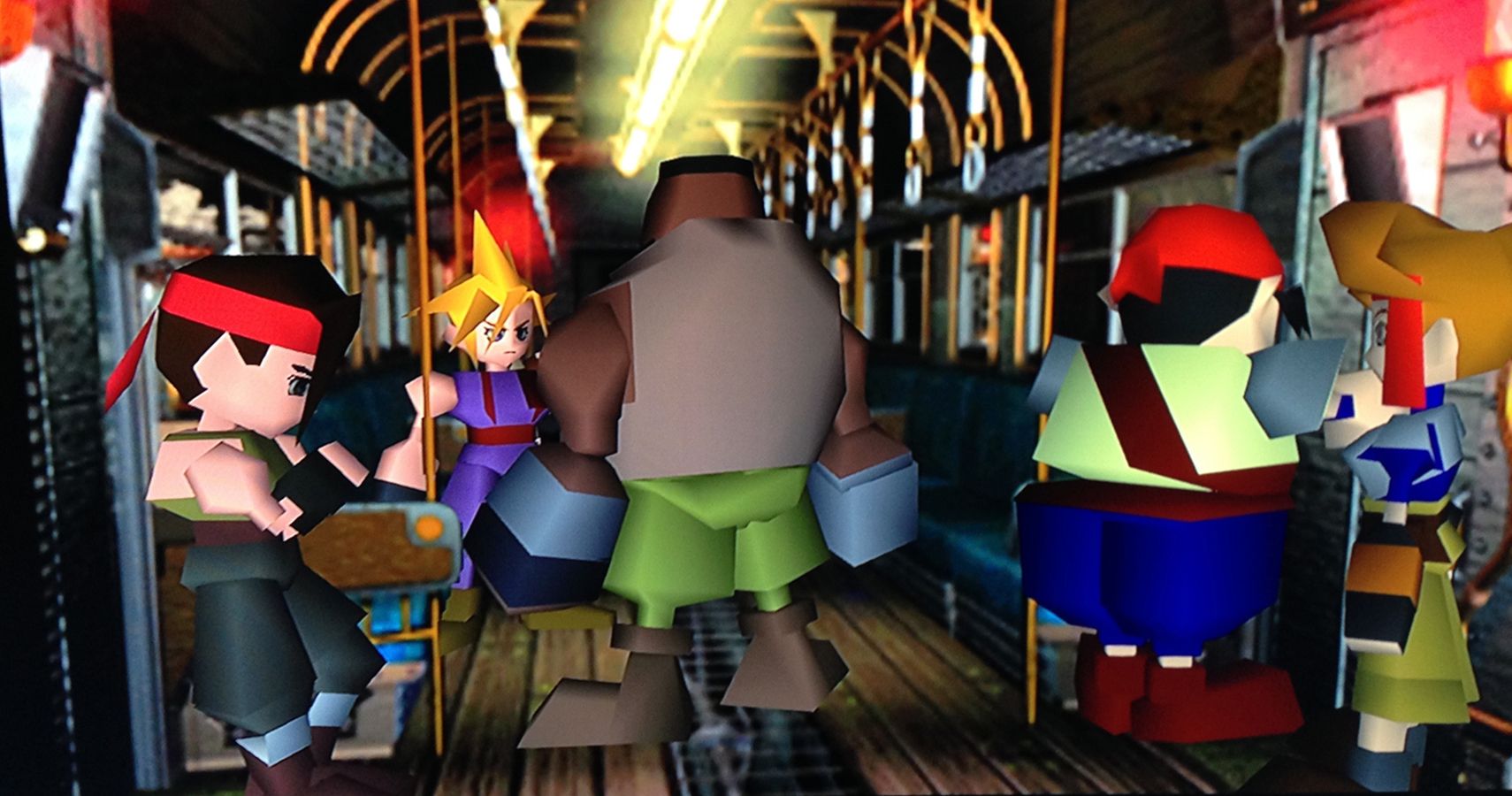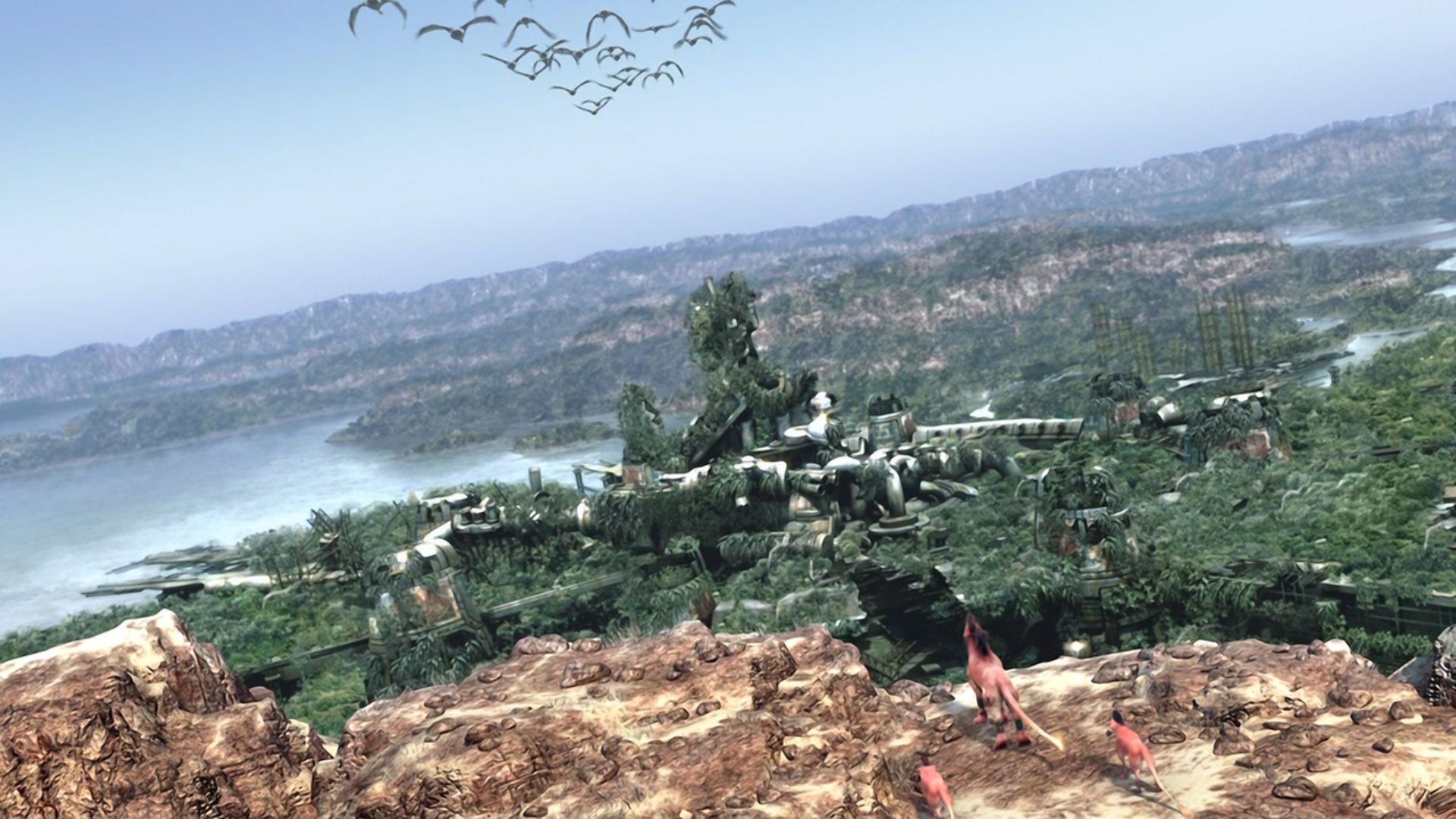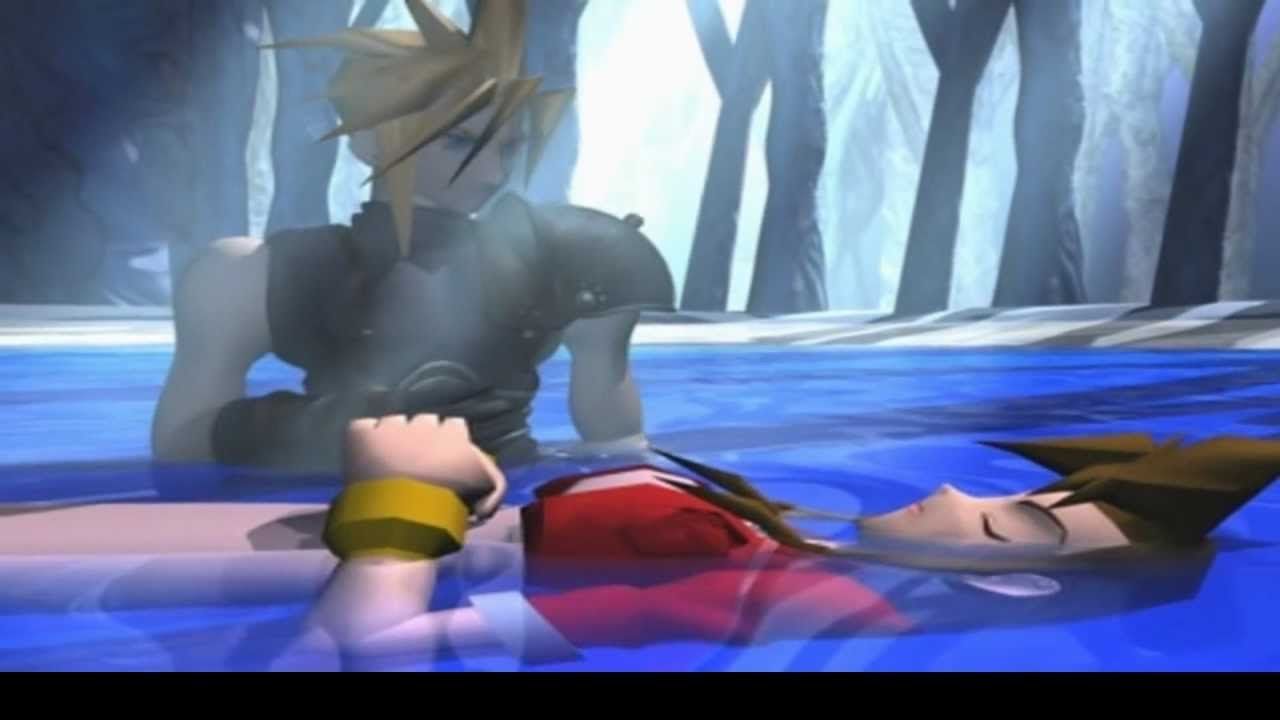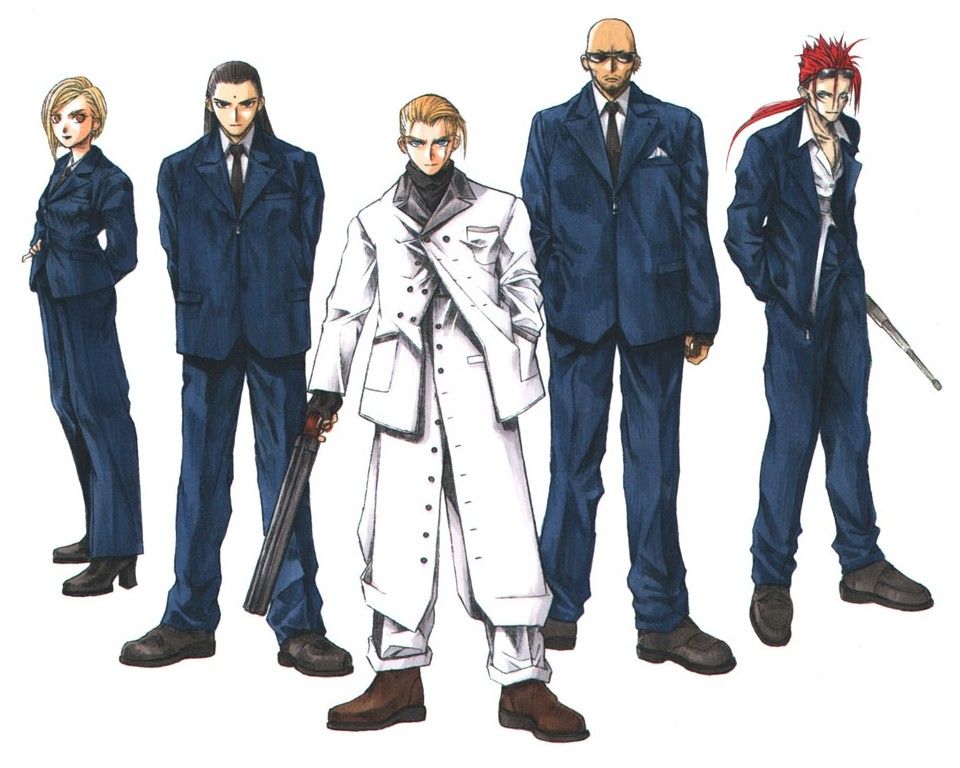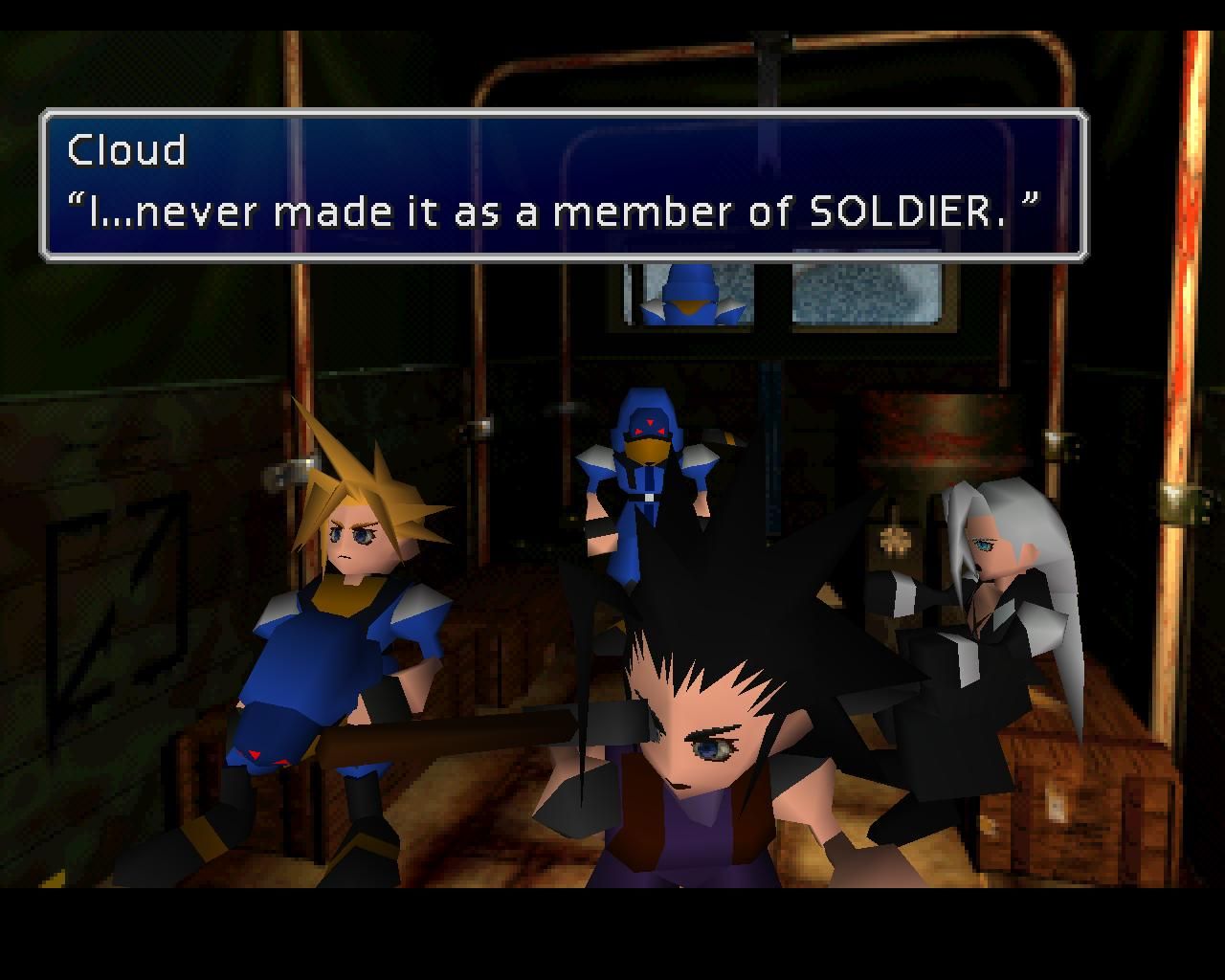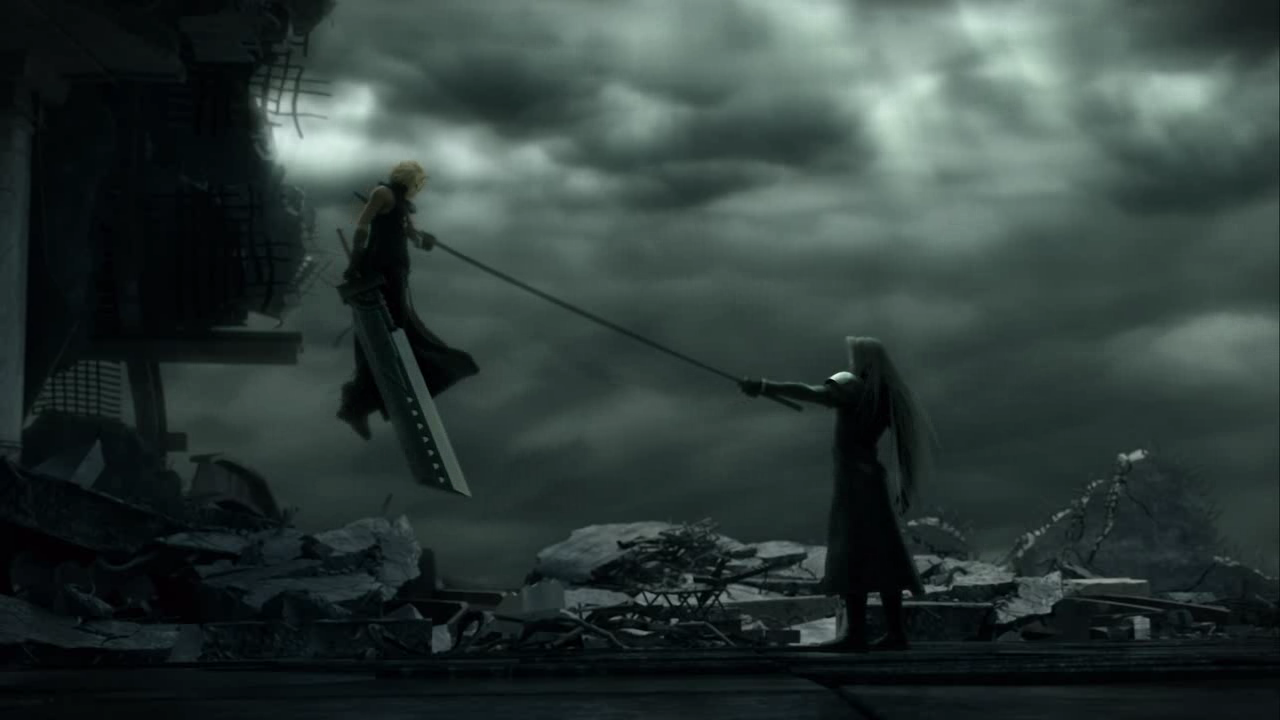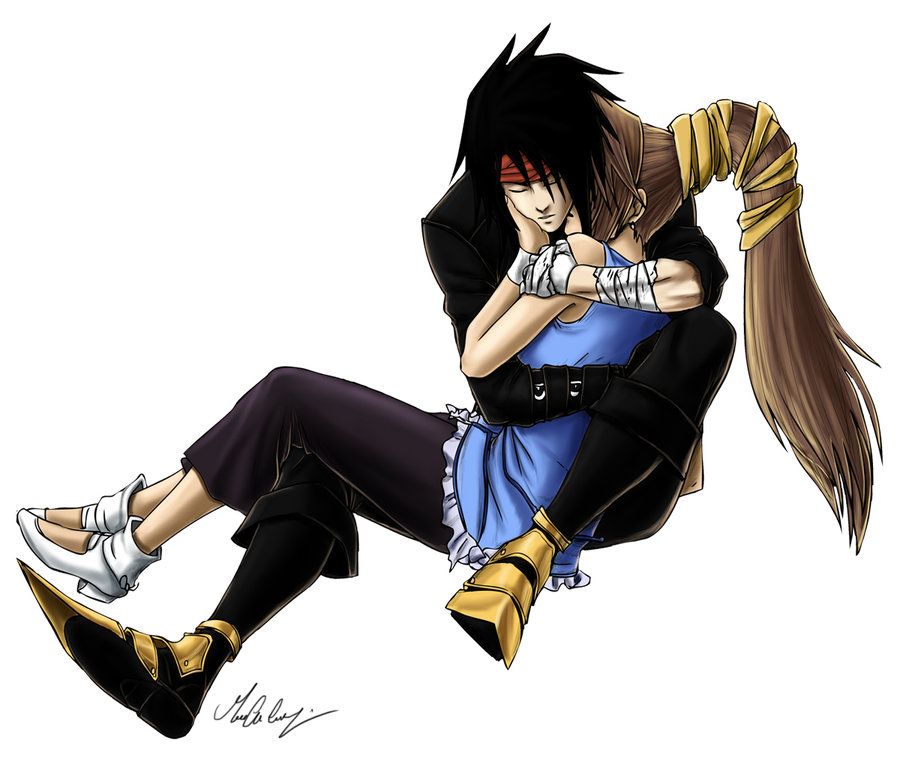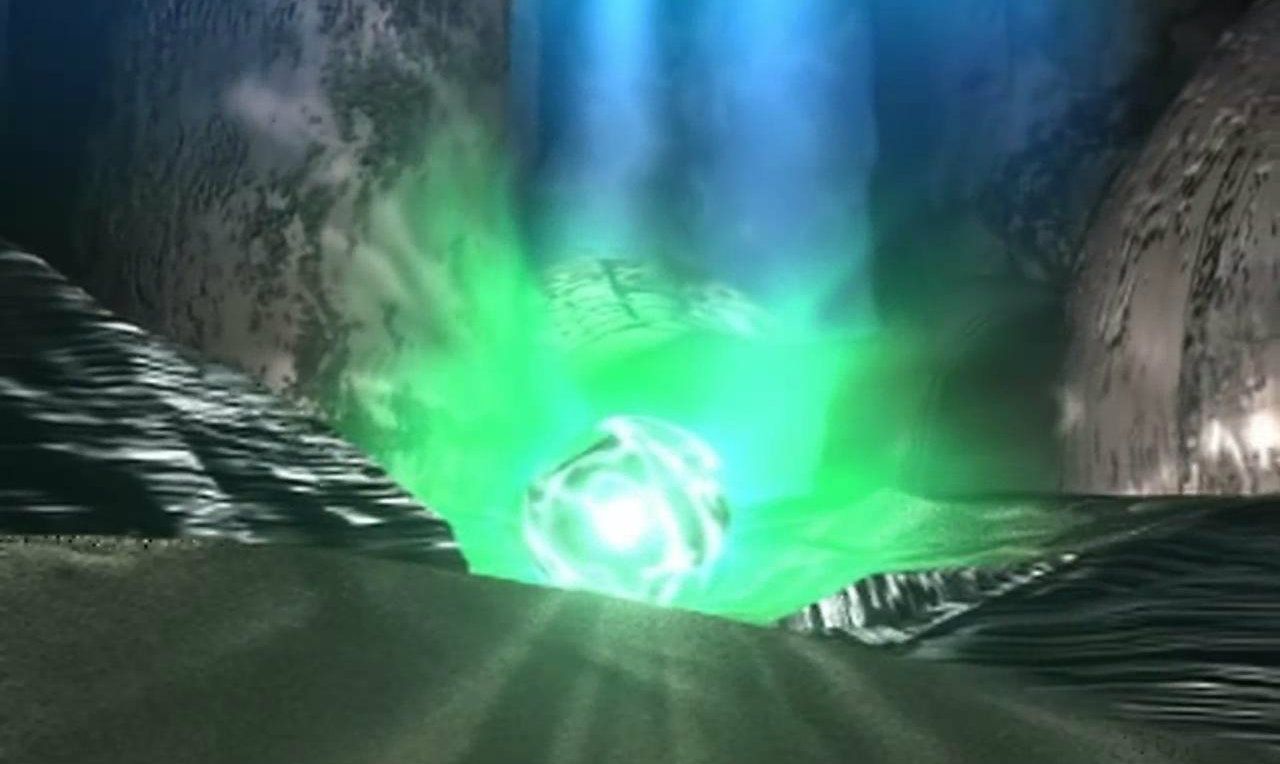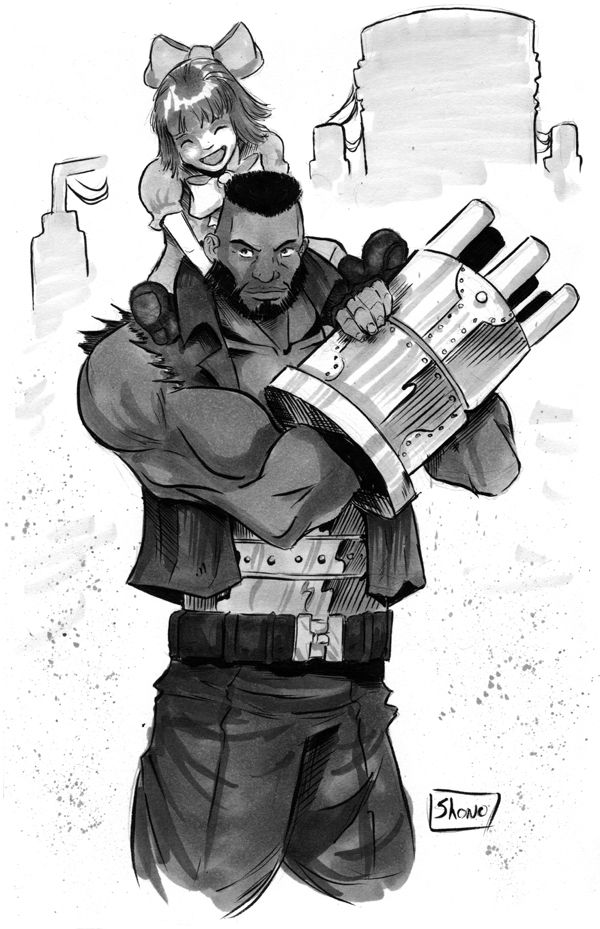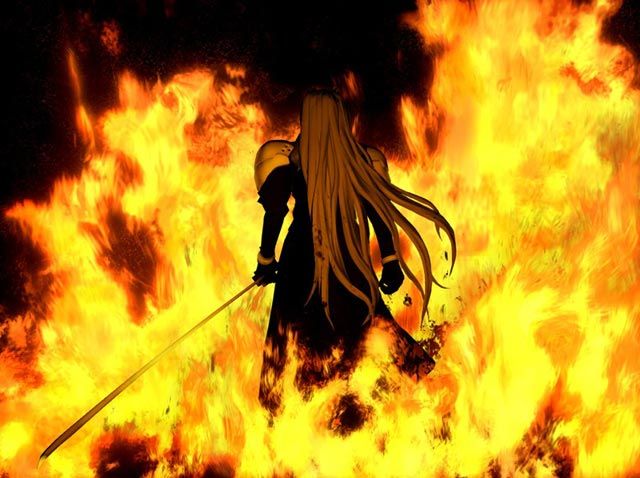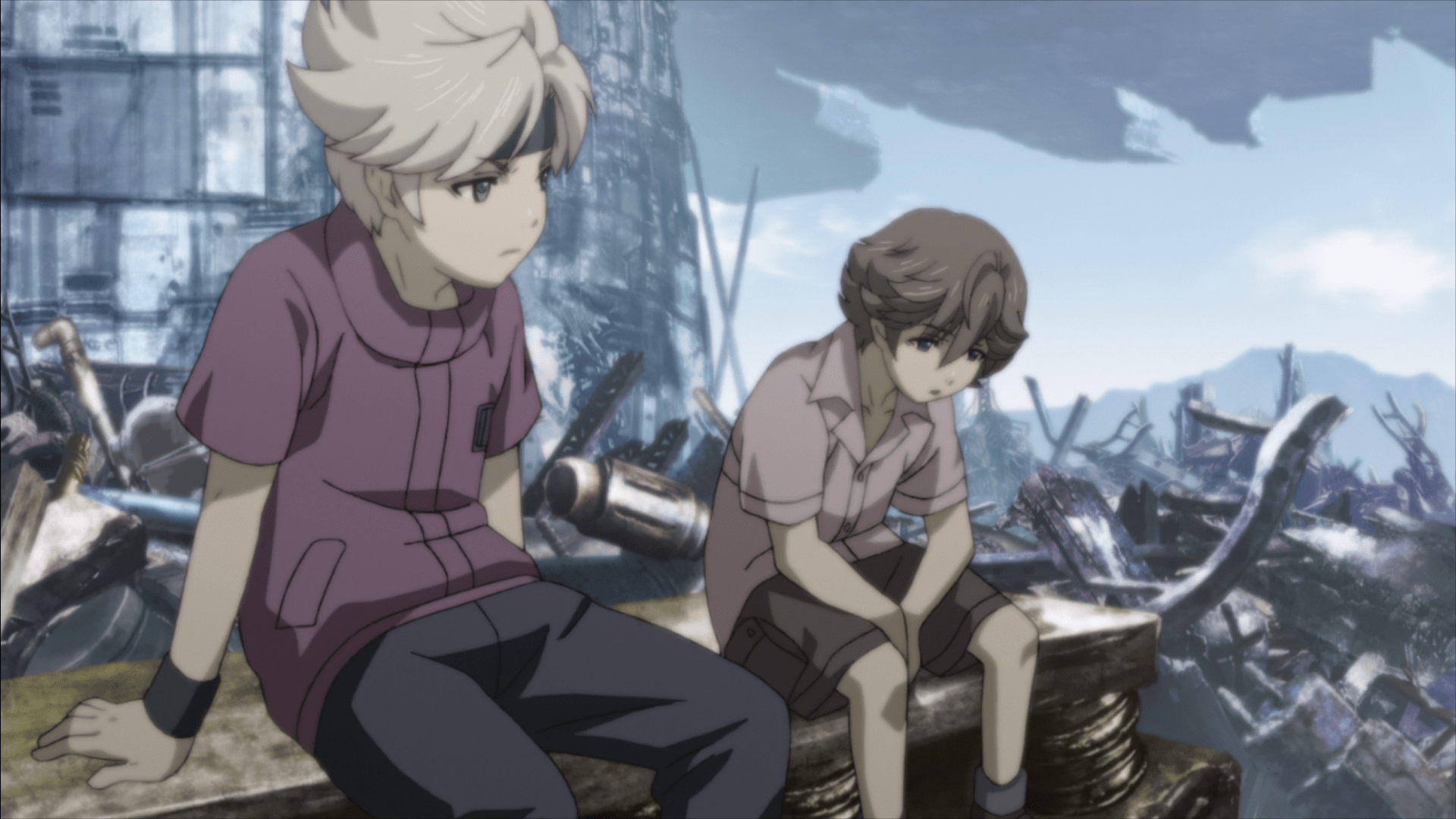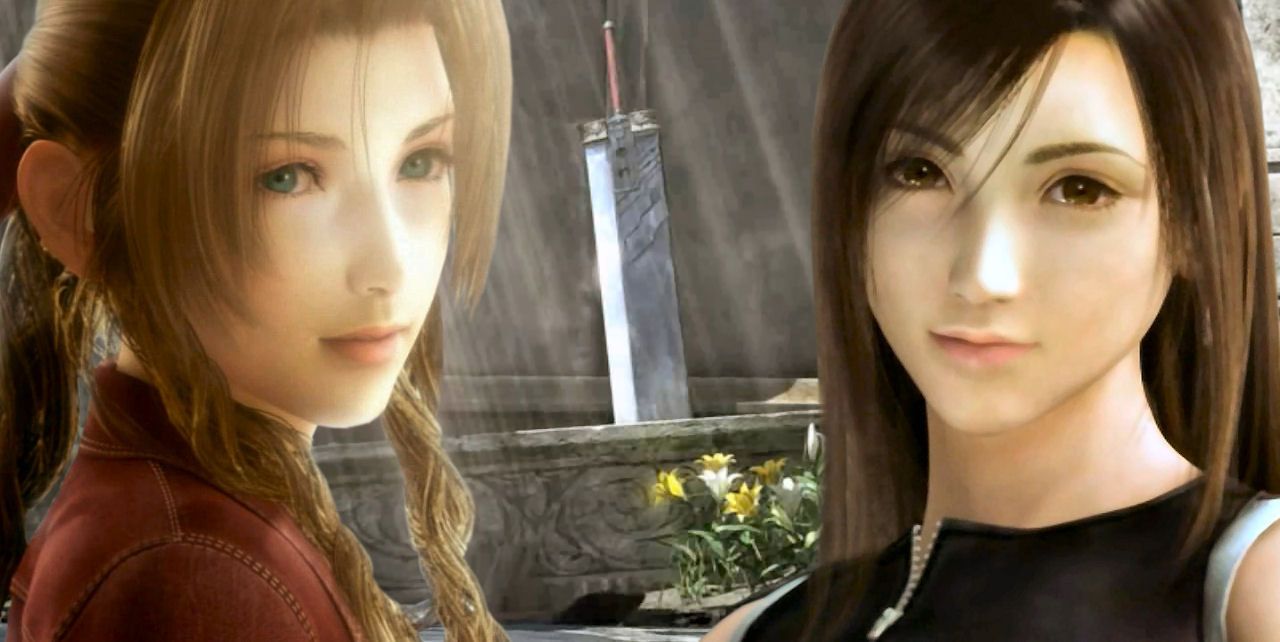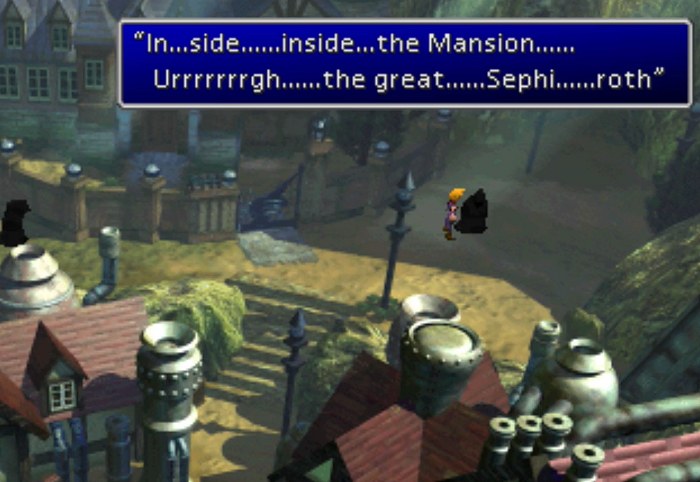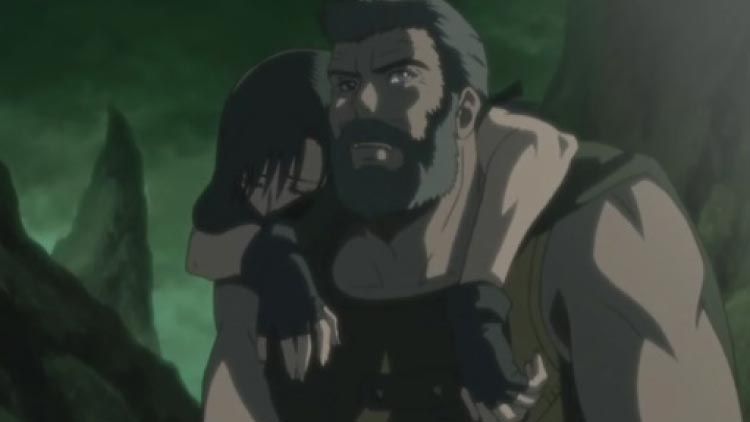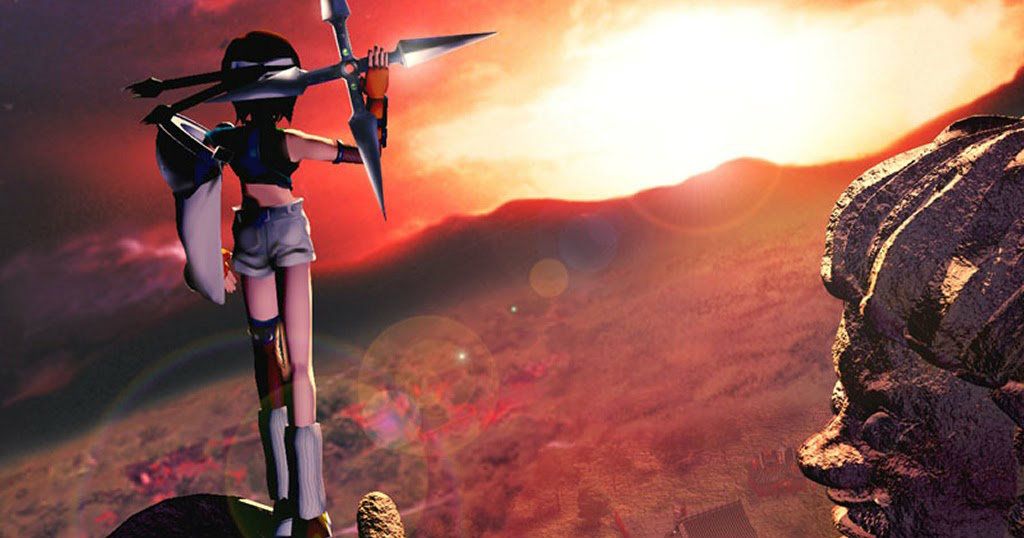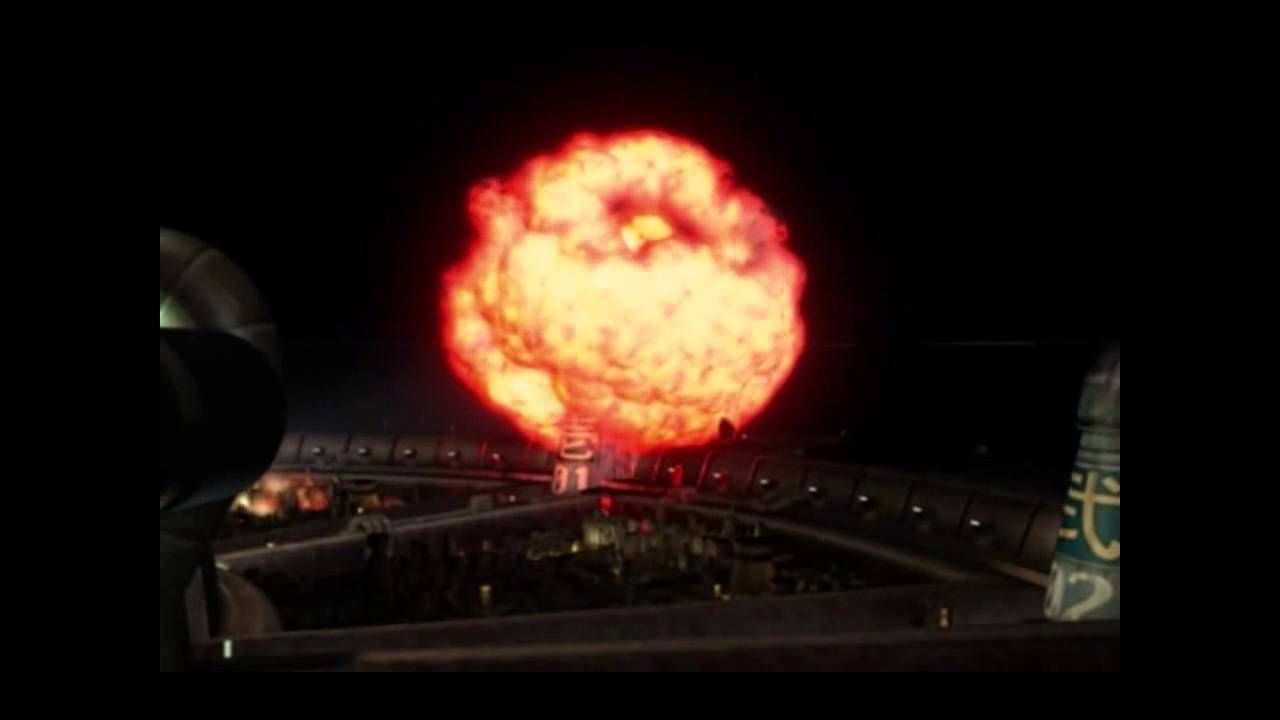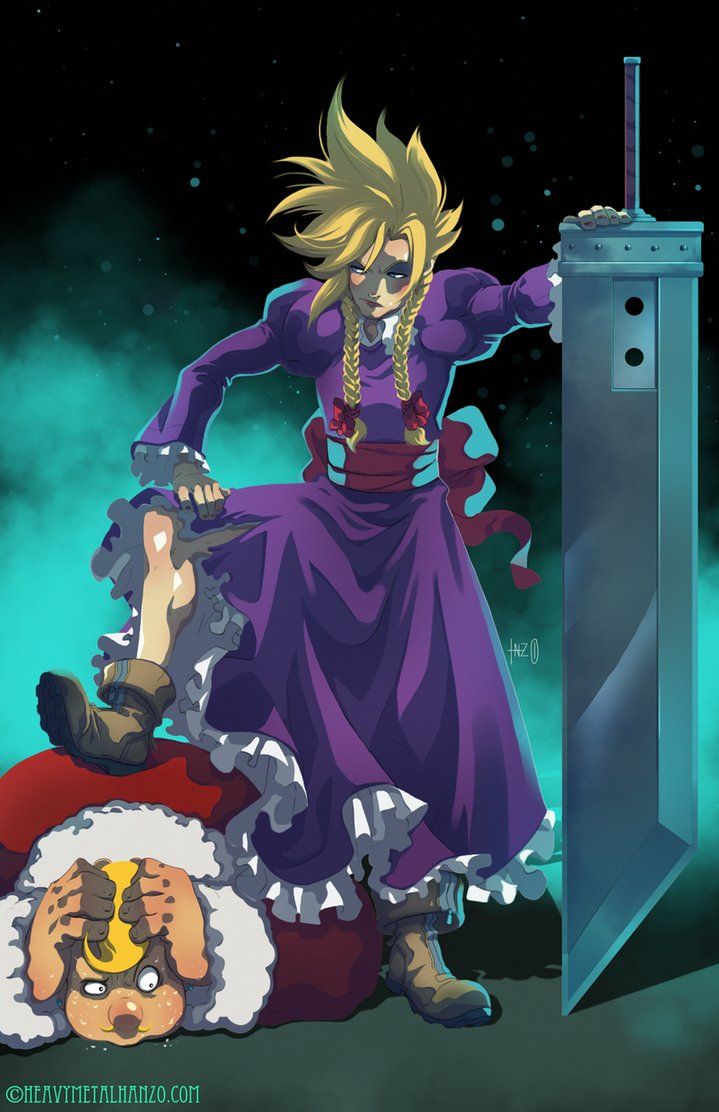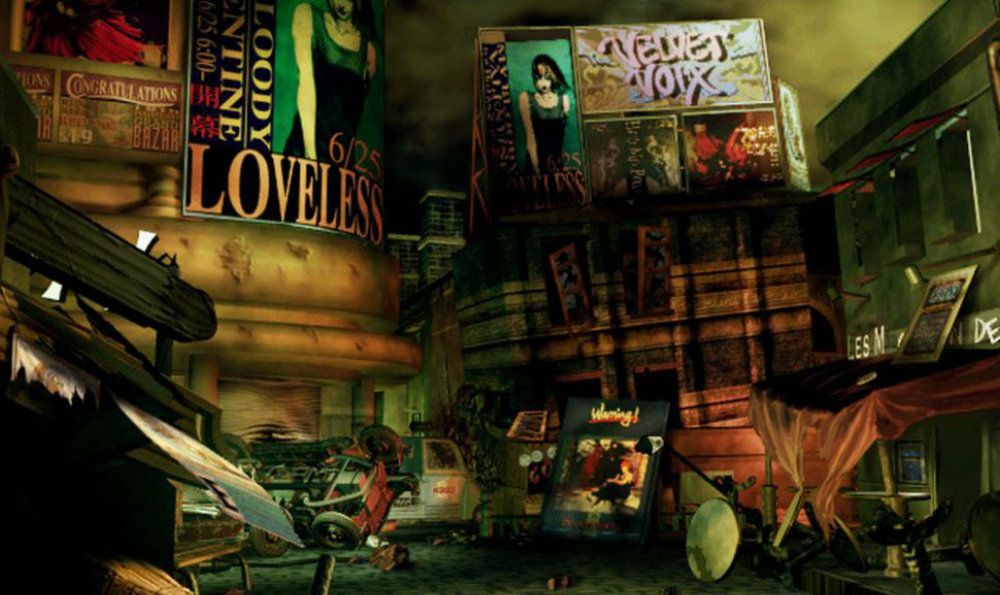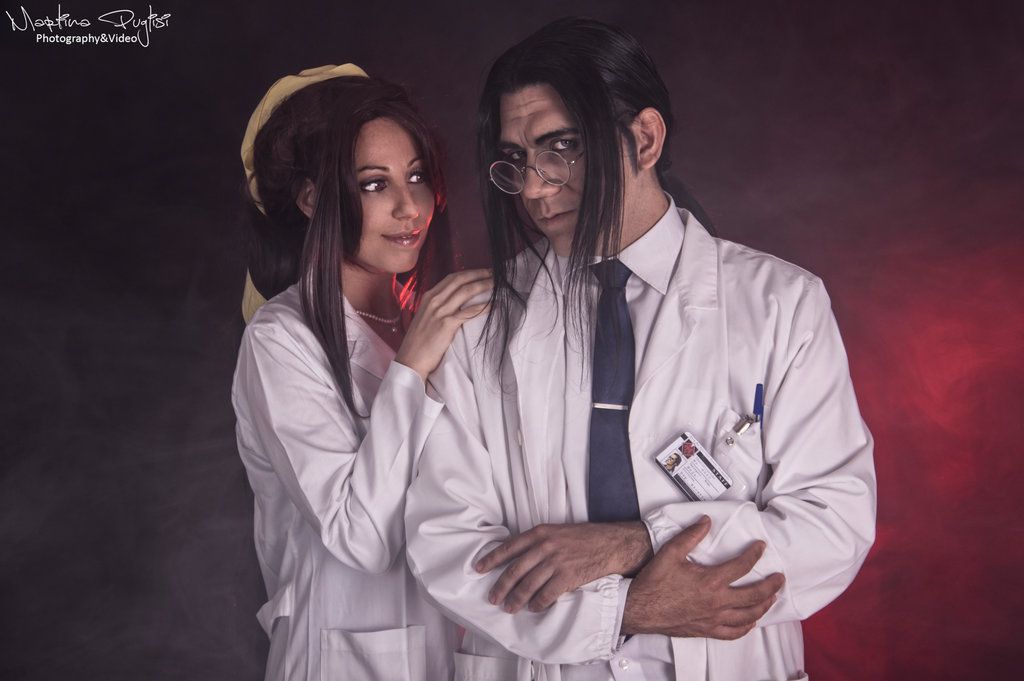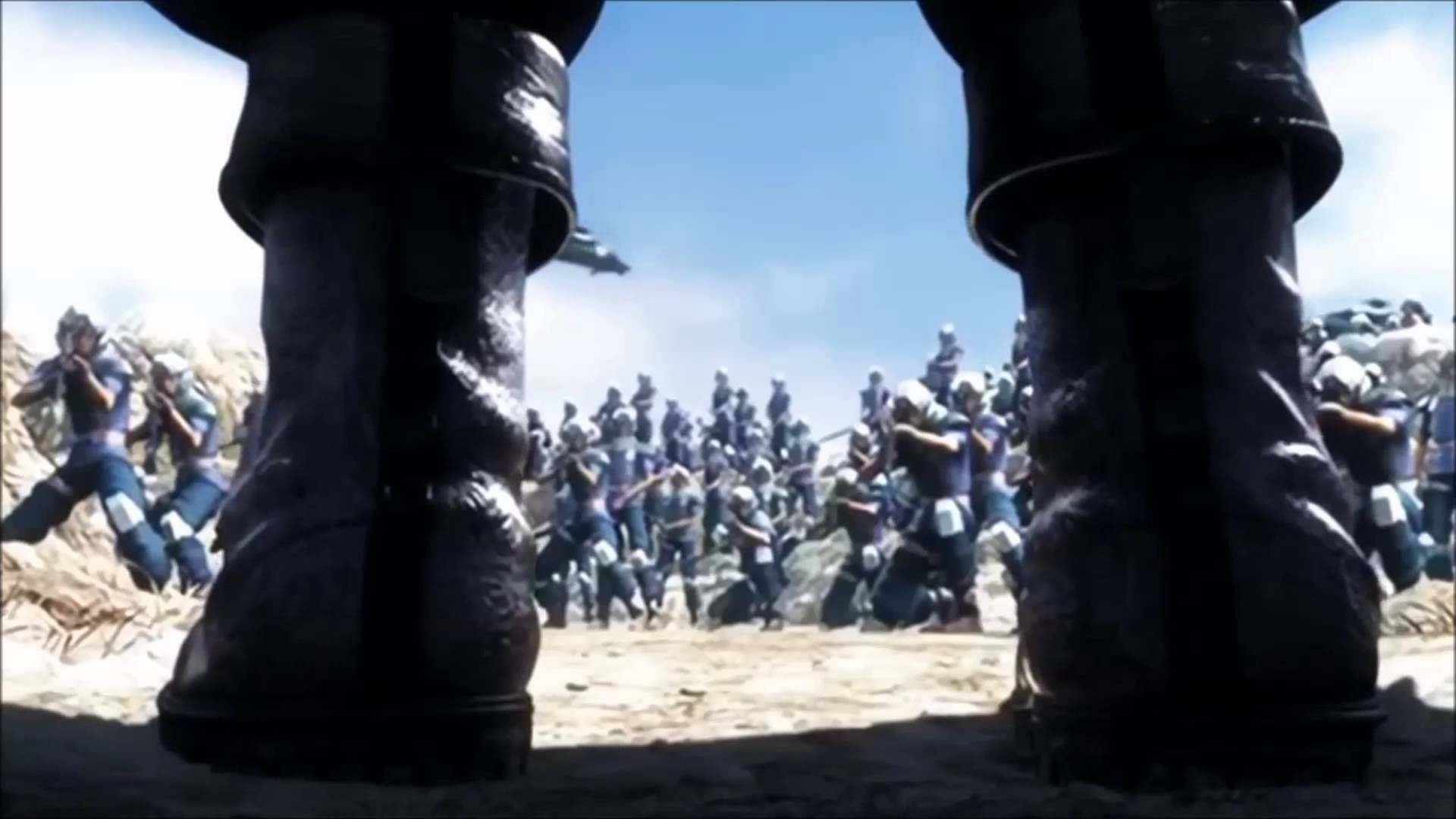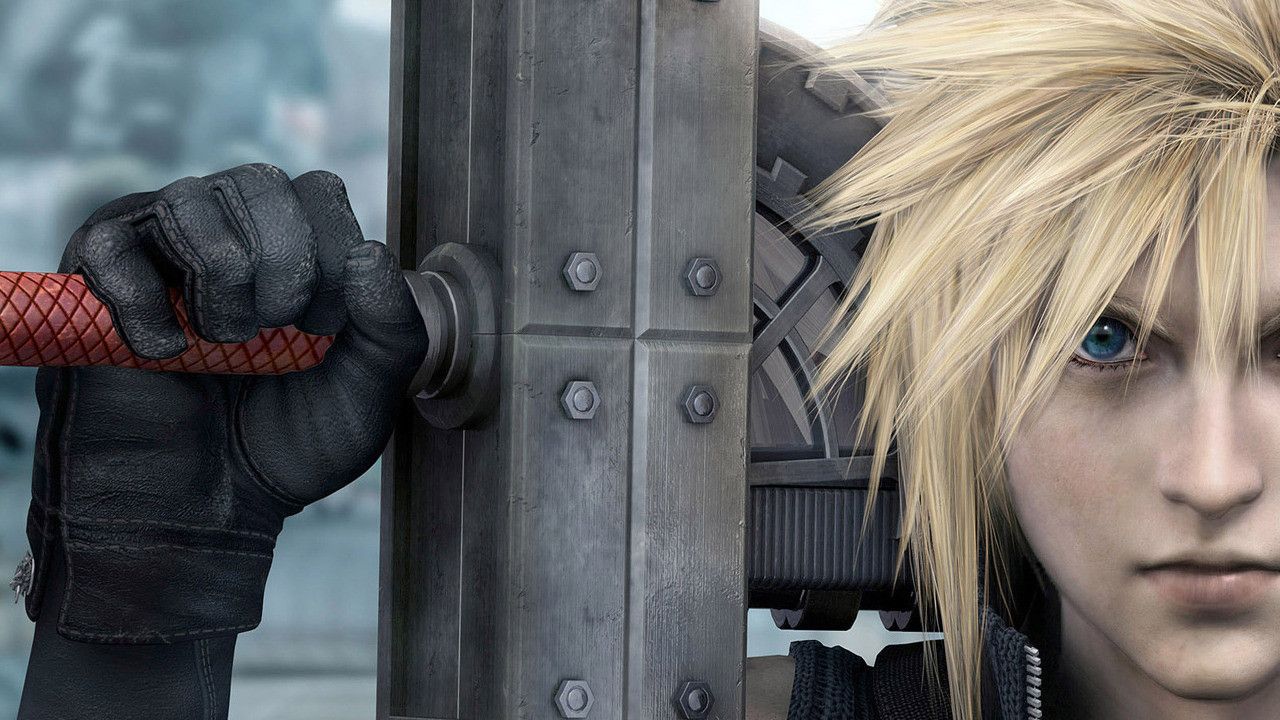Final Fantasy VII’s story is often attributed as being the first video game that many players were actually invested in. VII ushered in the era of the original PlayStation and gave gamers a new kind of story that wasn’t like anything like the classic Nintendo games on NES and SNES.
Final Fantasy VII was not about the heroes that needed to save a defenseless princess. Instead, the game centers on the ideas of a corrupt mega-corporation, the unreliability of memory, discovering your own identity, and, probably most importantly, mortality. VII wasn’t the first game to put down a major character. In fact, it isn’t the first game in the franchise to have major characters pass away. But it was executed in such a way that made it very profound and has stuck with gamers since the game was released. In a typical video game, having a main character pass away usually just means a game over and you have to redo a level. In VII, when Aerith passes, she stays gone, and that has a lasting effect on players.
Of course, I’m just speaking about the story elements that were on the forefront with the game. There are actually a lot of secret themes and plot points that went over some fans’ heads. There are a lot of hidden plot lines that many gamers would miss, which is why I’ll be going over the 20 Hidden Plot Lines Fans Missed In Final Fantasy VII.
20 Red XIII May Have Been The Only Survivor
Thanks to spin-offs and sequels, it is well established that the main cast of Final Fantasy VII survived the events of the game. While it is somewhat gratifying to know that the characters we love were able to make out in the end, it also lessens the impact of the original ending.
The ending of Final Fantasy VII was intentionally very vague. As a meteor is about to crash onto the planet, the Lifestream suddenly springs from within the planet to stop it. Though the meteor is destroyed, the fate of the human race was left unknown.
The silver lining is that Red XIII is shown to have at least lived, as shown in a secret ending.
19 Mortality Is A Major Theme
The passing of Aerith at the end of part 1 was not only a surprising plot twist, but it is used to further emphasize one of the main themes of the game. The story of the game forces players to face the idea that everything passes, and it is a constant topic throughout the narrative. Early in the game, it was revealed that Aerith’s adoptive mother had a husband who passed in a war. It is a sobering scene, and it compels players to think of mortality early on in the narrative. Though many gamers were initially caught off guard by Aerith’s passing, Final Fantasy VII was secretly laying out the seeds since the very beginning.
18 Gaining The Turks’ Respect
The Turks are recurring antagonists within Final Fantasy VII. They are a group of investigators hired by Shinra for reconnaissance and are also hired to eliminate specific problems facing the company. Comparatively to the other major antagonists within the game, the Turks are actually reasonably likable. The main characters develop a rivalry with the Turks, and depending on what side missions you accomplish, the Turks may actually begin showing respect towards the leads. In their final conflict towards the end of the game, the Turks give players the option to avoid their climatic last fight. The option is only available if you did the side mission in Wutai before the end of Disc 1.
17 Foreshadowing Of Major Plot Twists
There was actually a lot of foreshadowing for some of the biggest twists in Final Fantasy VII. For instance, early in the game when Cloud is retelling the Nibelheim incident in Kalm, there is missing information that Cloud couldn’t remember. He had a hard time remembering what he did when he was visiting his mother, and he doesn’t remember how he survived Sephiroth’s attack. This foreshadows that Cloud’s past as a 1st Class SOLDIER is a lie, and his memories cannot be trusted.
Another example of foreshadowing is when Cait Sith uses his fortune telling to predict that Cloud would lose something close to him. This foreshadows Aerith’s passing.
16 Sephiroth Never Cared For Cloud
It’s hard not to imagine Sephiroth and Cloud as nothing more than rivals with a long history; however, that was not really the case in the original Final Fantasy VII. While future installments and spin-offs would try to establish a more personal rivalry between the two, within the context of the original VII Cloud meant nothing to Sephiroth. As directly stated by Jenova, Cloud was nothing more than a puppet for Sephiroth to use. Cloud looked up to Sephiroth, and later wanted revenge for what he did in Nibelheim, but their relationship in the game was always one-sided. Sephiroth never really cared that much about Cloud, and he greatly underestimated him until the very end.
15 Vincent’s Backstory
Vincent is an optional playable character in Final Fantasy VII. He can be found in a coffin beneath the Shinra mansion at the rebuilt Nibelheim. When the party first talks to him, he reveals to them some startling revelations about Sephiroth. Later, the main characters can a visit a cave near Nibelheim where they meet Lucrecia.
Lucrecia is a scientist that Vincent fell in love with during his time as a Turk. Unfortunately, Lucrecia would end up marrying someone else and becomes pregnant. When he finds out that the father wants to experiment with the unborn child, Vincent tries to stop him. Instead, he was captured and was experimented on. He became an immortal being, with the power to transform into different monsters.
14 Aerith Had The White Materia The Whole Time
One of the most powerful images during Aerith’s passing scene is the White Materia bouncing on the floor. Materia are small orbs that are made up of Mako, which is energy taken from within the planet. The White Materia is the only thing that can summon Holy. Holy is a powerful spell that is supposed to match that of Meteor, the most powerful spell from the Black Materia.
For the longest time, I never understood where Aerith got the White Materia. Apparently, there was some dialogue early on that reveals that Aerith carries with her a special Materia that she believes is useless. The White Materia has been passed down throughout the generations by the Cetras. Aerith is the last Cetra, so she was the last to inherit the White Materia.
13 The Tragedy Of Barret’s Arm
The tragedy of Barret’s gun arm is touched on in the original Final Fantasy VII. While Barret comes off as a tough-talking man with a gun arm, there is real pathos with Barret’s machine arm.
Barret is the adoptive father of Marlene. He later meets with his former best friend, and biological father of Marlene, Dyne. Dyne also has a robot arm, and rejects Barret’s offer to see Marlene. Feeling like he can’t hold her because of his arm, Dyne then ends it all. Barret’s also confess that he also fears his gun arm when holding Marlene. Barret later tries to replace his gun arm with a real robot arm, only to change his mind in On the Way to a Smile.
12 Nibelheim Is Filled By Actors
The poor English translation of Final Fantasy VII may explain why this particular plot point went over my head, though it was never really important enough to the main story anyway. Five years before the events of the main game, Sephiroth went insane and ended almost everybody in Nibelheim. Yet somehow when the party visits the town in the present, the place is apparently fully populated.
Apparently, all the citizens in the town are actors, who are pretending to be the townsfolk so that Shinra can hide the fact that Sephiroth went insane. Nibelheim never really played an important role in the present-day storyline, despite being the hometown of Cloud and Tifa, so this plotline wasn’t necessary for the main story.
11 Denzel, On A Way To A Smile
Denzel was always an odd character in the Final Fantasy VII: Advent Children movie. He wasn’t a pre-existing character from the original Final Fantasy VII; however, the original cut of the film didn’t give him a backstory whatsoever. He was just there, and he automatically had a connection with the rest of the cast.
On a Way To A Smile details his backstory, revealing he was an orphan during the course of the original game. He ends up in the care of Reeve’s mother, Ruvie. Reeve is one of the executives of Shinra, and was the one controlling the character Cait Sith. Ruvie would later pass away from the Geostigma virus. Not long after that, he comes across Cloud’s motorcycle, Denzel passes out due to contacting the Geostigma.
10 Aerith And Tifa Are Opposites
While a love triangle did exist between the three leads of Final Fantasy VII, there was thankfully no animosity between Aerith and Tifa. Even though Aerith and Cloud were growing closer, Tifa still became friends with Aerith.
The characters may have gotten along within the context of the story, their appearance was meant to showcase how different they were. Aerith has light brown hair, and Tifa has dark black hair. Aerith wore more conservative clothing, whereas Tifa’s mini-skirt and tight tee were a lot more. Aerith fought with only a staff and was a lot more passive. Tifa, on the other hand, was more aggressive and fought with her fists.
9 The Sephiroth Clones
It is established that the mad scientist Hojo took the survivors of the Nibelheim Incident, and injected them with Jenova cells. Jenova was an alien who crashed onto the planet centuries ago. The test subjects with weak enough wills succumbed to Jenova’s influence and essentially become clones of her. They later acted as clones as Sephiroth, Jenova’s “son.”
There were twelve “successful” test subjects, and they were all given numbers by Hojo. Cloud and Zack were also test subjects, but were classed as failures because they kept their own personality. The clones are located throughout the game, though they never really do anything. Four of the clones’ numbers aren’t even revealed. Most of them are in the rebuilt Nibelheim.
8 Zangan, Tifa’s Master
Zangan is a character that was only briefly seen in Cloud’s retelling of the Nibelheim Incident. The Incident is when Sephiroth eliminated most of the population in Nibelheim. Zangan is momentarily seen saving survivors during the Incident, before disappearing from the story.
Contrast to the other NPCs, Zangan was actually given a name and had his own unique character model. In a letter found in Tifa’s piano in the rebuilt Nibelheim, it is revealed that Zangan was the man that saved Tifa from Shinra during the Incident. He later becomes Tifa’s master and taught her all her martial arts powers. His letter to Tifa is the last we hear about Zangan, and we never know what really happened to him.
7 Wutai Backstory
The backstory of Wutai is hidden as an optional subplot in Final Fantasy VII, and was further elaborated in Crisis Core. Wutai is the nation with a history of ninjas. The character Yuffie comes from Wutai. It is heavily suggested that Wutai used to be a great nation, until the company Shinra decided to spread its influence to it as well. Wutai no longer has Materia, probably taken away from Shinra.
Crisis Core further explores Wutai’s history by showcasing the great Wutai War. The Wutai War was a conflict between Wutai and Shinra, where Wutai refused to allow Shinra to build a Mako factory on their lands. Wutai lost, which is why their country ended up in the position they are in the present.
6 AVALANCHE Are Essentially Bad People
The main playable characters are all part of AVALANCHE, an underground organization that opposes the Shinra Corporation. The main characters are clearly the heroes of the story, with their morality never being questioned. Shinra is bad, and AVALANCHE is clearly supposed to be good.
This is ignoring the fact that the members of AVALANCHE are essentially bad people. They are admittedly eco-revolutionaries, who are against a clearly corrupt company. However, they are still revolutionaries. The opening act of the game is them blowing up a factory that was probably filled with Shinra workers. It’s weird that the game never touches on the fact that the main characters cause so much harm and destruction.
5 The Hidden Meaning Of Cloud’s Dressing
This theory I actually got from The Completionist on YouTube, so check him up on his channel.
One of the more infamous scenes from Final Fantasy VII comes from when Cloud Strife has to dress as a woman to sneak into Don Corneo’s place. It’s a bizarre scene, and it really contrasts with the serious tone that VII has. It may come off as a nonsensical moment in the game, but it helps explore one of Cloud’s weaknesses. While Cloud may act cool and in control, he actually suffers from a lot of self-doubt about his own identity. A lot of his persona early on is his own interpretation of what Zack would act. Cloud cross-dressing further explores his uncertainty of what he is supposed to be.
4 Story Of The LOVELESS
The LOVELESS is an important story within the world of Final Fantasy VII. The story was mostly explored in the prequel, Crisis Core, though it was first hinted at in the original game. The LOVELESS is about three men searching for the gift of the goddess.
The story is meant to be interpreted in any way that the player sees fit. The context of the story isn’t revealed until Crisis Core, but posters with the words LOVELESS are seen across Midgard. Cid also talks about seeing an end of a play that would later be revealed to be the LOVELESS play.
The LOVELESS posters in the original VII game were actually based on the album of the same name by the Irish band called My Bloody Valentine.
3 Sephiroth’s Mother
Sephiroth believes that the alien Jenova is his mother, even though that’s not strictly true. While Sephiroth was bred with Jenova cells, he actually had a human mother and father. His biological father was the mad doctor Hojo, and his mother was the kind-hearted Lucrecia. After his mother gave birth to him, Sephiroth was taken away to grow up to be the world’s greatest SOLDIER. Lucrecia will later have visions of Sephiroth’s future deeds, and chose to exile herself in a cave behind a waterfall.
The true tragedy of it all is that Lucrecia was genuinely nice, and makes you wonder if Sephiroth would have grown up differently if he had a real loving mother like her.
2 Zack’s Fate
Zack was a very minor character in Final Fantasy VII. He was Aerith’s first crush and was the SOLDIER that Cloud tries to emulate in early parts of the game. He had already passed away before the events of the game. How he perished is never shown until the players decide to go to the basement in the Shinra mansion. A cutscene is then shown that Zack escaped from Shinra’s experiments with Cloud, and was later mowed down by Shinra troops at the outskirts of Midgard. Cloud would then inherit Zack’s Buster Sword, and decides to become a mercenary under his suggestion. Zack’s story is the main focus in the prequel game, Crisis Core.
1 Cloud’s Everyman Story
When Cloud Strife was a boy, he wanted to be someone strong like Sephiroth and tried joining SOLDIER. He failed and only became an infantryman. Despite that, he was still able to stab Sephiroth and threw him over in a pool of pure Mako energy during the Nibelheim Incident. Cloud was never shown to be anyone particularly special; he was just a boy who everyone underestimated and was able to become a true hero. Sephiroth especially thought very little of Cloud.
Cloud is meant to represent the everyman, the people who weren’t born with gifts like Sephiroth. He was able to save the planet despite all his personal baggage, and overcome the things that made him insecure.

